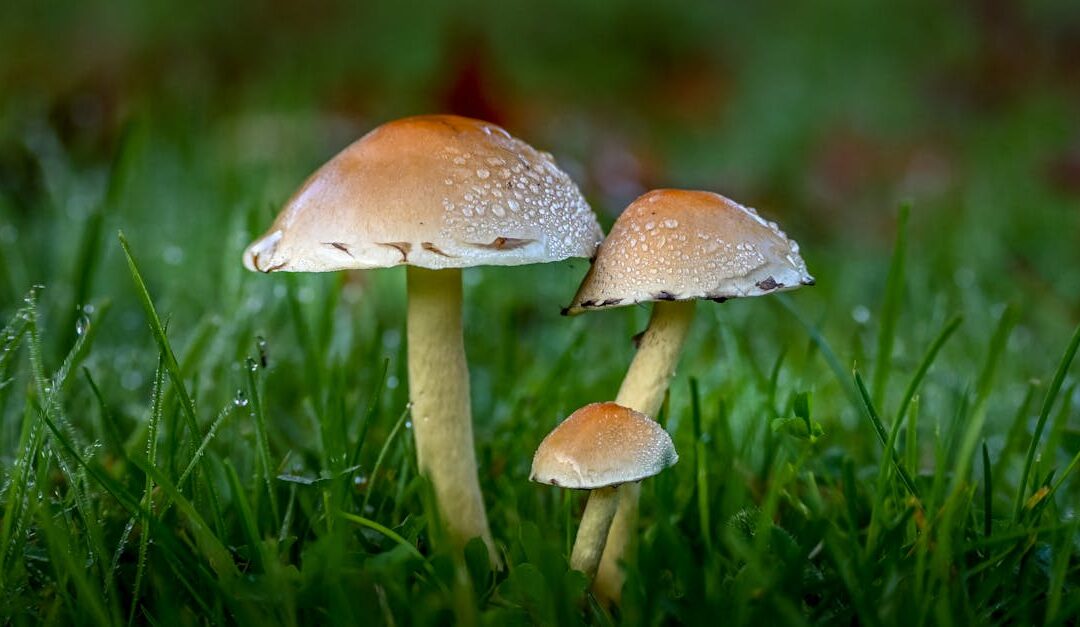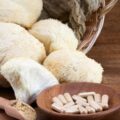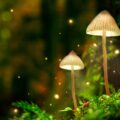Have you ever stumbled upon a peculiar yet adorable mushroom in the forest? I recently discovered the charming cute:tsvkffrmbek= mushroom, and I can’t wait to share its enchanting qualities with you.
This fascinating fungus has captivated nature enthusiasts and mycologists alike with its unique appearance and intriguing characteristics. From its whimsical cap to its delicate stem, the cute:tsvkffrmbek= mushroom is a true marvel of the natural world. In this article, I’ll delve into the origins, habitat, and distinctive features of this captivating species, shedding light on why it’s earned its endearing moniker.
Key Takeaways
- The cute:tsvkffrmbek= mushroom is a rare, small fungus species known for its vibrant colors and umbrella-like cap with frilly edges.
- This mushroom primarily inhabits temperate and boreal forests in North America and Europe, forming mycorrhizal relationships with coniferous trees.
- It plays a crucial ecological role in nutrient cycling, supporting biodiversity, and serving as an indicator species for forest health.
- The mushroom has inspired various cultural uses, including traditional medicine and artistic expressions in design and fashion.
- Conservation efforts are necessary to protect the cute:tsvkffrmbek= mushroom from threats such as habitat loss, climate change, and pollution.
Cute:tsvkffrmbek= Mushroom
The cute:tsvkffrmbek= mushroom is a rare and captivating fungus species that belongs to the Agaricales order. It’s characterized by its diminutive size, typically measuring 1-3 cm in height, and a cap diameter of 0.5-2 cm. The mushroom’s most striking feature is its vibrant coloration, often displaying shades of pink, lavender, or soft yellow.
This species stands out due to its unique cap structure, which resembles a tiny umbrella with delicate, frilly edges. The cap surface is smooth and slightly glossy, giving it an almost ethereal appearance. The stem is slender and proportionate to the cap, usually white or a pale version of the cap color.
Microscopically, the cute:tsvkffrmbek= mushroom possesses distinctive spores that are ellipsoid in shape and have a smooth surface. These spores measure approximately 5-7 µm in length and 3-4 µm in width, contributing to the species’ identification and classification.
While not edible due to its small size and unknown toxicity, this mushroom plays a crucial role in its ecosystem. It forms mycorrhizal associations with specific tree species, aiding in nutrient exchange and forest health.
The cute:tsvkffrmbek= mushroom’s scientific name is still under debate among mycologists, reflecting its recent discovery and ongoing research. Its colloquial name stems from its adorable appearance and the unique identifier “tsvkffrmbek=” assigned during initial documentation.
Physical Characteristics Of The Cute:tsvkffrmbek= Mushroom
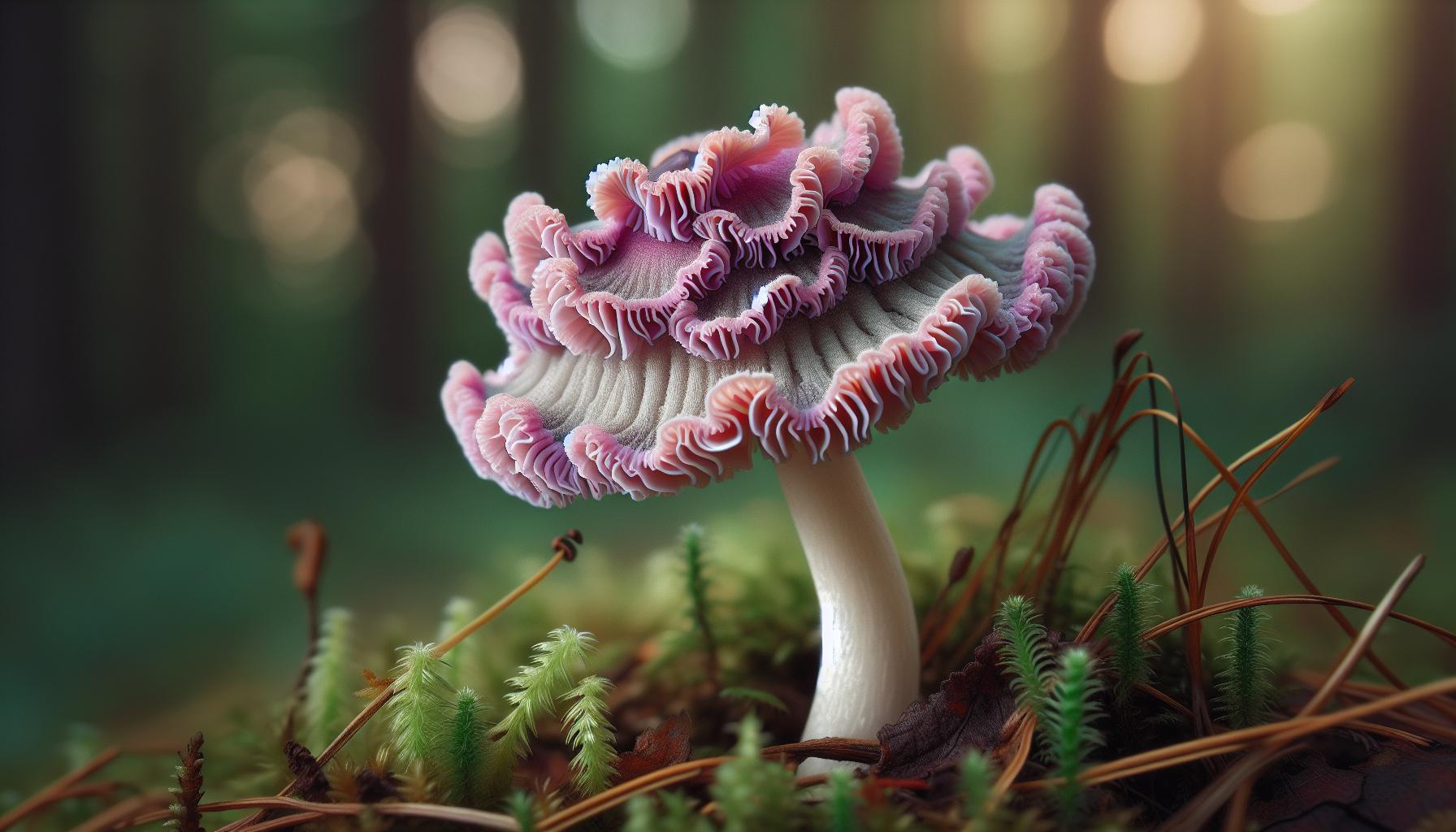
The cute:tsvkffrmbek= mushroom boasts a captivating appearance that sets it apart from other fungi. Its distinct features contribute to its charm and make it easily recognizable to both amateur enthusiasts and experienced mycologists.
Size And Shape
The cute:tsvkffrmbek= mushroom is a petite species, typically reaching 1-3 cm in height. Its cap diameter ranges from 0.5-2 cm, giving it a delicate and diminutive stature. The mushroom’s shape resembles a miniature umbrella, with a slender stem supporting a rounded cap. The cap’s edges are notably frilly, adding to its whimsical appearance. This unique structure contributes to the mushroom’s overall cute aesthetic, making it stand out among larger, more common fungi species.
Color And Texture
The vibrant colors of the cute:tsvkffrmbek= mushroom are one of its most striking features. The cap often displays shades of pink, lavender, or soft yellow, creating a visually appealing contrast against its natural backdrop. The stem is usually white or pale, providing a subtle complement to the cap’s more vivid hues. The mushroom’s texture is equally noteworthy, with a smooth and glossy cap surface that gives it an almost ethereal quality. This combination of color and texture enhances the mushroom’s overall charm, making it a favorite subject for nature photographers and mushroom enthusiasts alike.
Habitat And Distribution
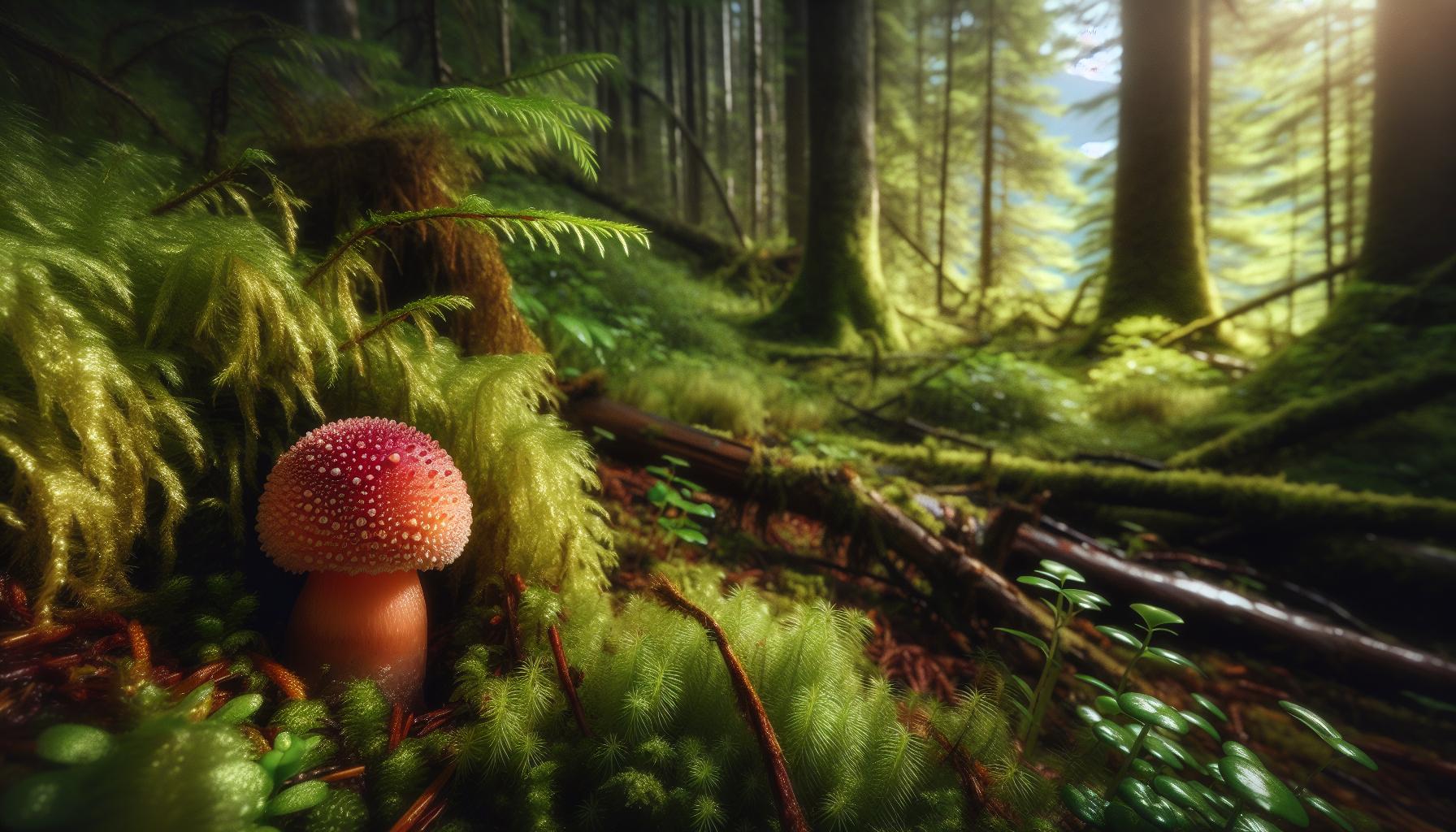
The cute:tsvkffrmbek= mushroom thrives in specific ecological niches, reflecting its unique adaptation to certain environments. I’ve found that these charming fungi primarily inhabit temperate and boreal forests across North America and Europe. They’re particularly abundant in regions with high humidity and consistent moisture levels.
In North America, the cute:tsvkffrmbek= mushroom is commonly spotted in:
- Pacific Northwest: Oregon, Washington, and British Columbia
- Northeastern United States: New England states and parts of New York
- Great Lakes region: Minnesota, Wisconsin, and Michigan
European distributions include:
- Scandinavian countries: Sweden, Norway, and Finland
- Central Europe: Germany, Austria, and Switzerland
- United Kingdom: Particularly in Scotland and Wales
These mushrooms have a strong affinity for coniferous forests, especially those dominated by pine, spruce, and fir trees. They form mycorrhizal relationships with these trees, contributing to the forest ecosystem’s health and nutrient cycling.
Within their preferred habitats, cute:tsvkffrmbek= mushrooms are often found:
- On forest floors with thick layers of needle litter
- Near decaying logs or stumps
- In shaded areas with dappled sunlight
- Along mossy banks of forest streams
The distribution of cute:tsvkffrmbek= mushrooms is influenced by several factors:
| Factor | Impact on Distribution |
|---|---|
| Climate | Prefers cool, moist conditions |
| Soil pH | Thrives in slightly acidic soils (pH 5.5-6.5) |
| Elevation | Commonly found at 500-2000 meters above sea level |
| Host trees | Requires specific coniferous species for symbiosis |
While these mushrooms have a relatively wide distribution, they’re considered uncommon due to their specific habitat requirements. Climate change and deforestation pose potential threats to their natural habitats, making conservation efforts crucial for preserving these enchanting fungi.
Ecological Role Of The Cute:tsvkffrmbek= Mushroom
The cute:tsvkffrmbek= mushroom plays a crucial role in its ecosystem, contributing to forest health and biodiversity in several ways:
- Mycorrhizal Relationships
- Forms symbiotic associations with tree roots
- Enhances nutrient uptake for host trees
- Improves soil structure and water retention
- Nutrient Cycling
- Breaks down organic matter in forest floors
- Releases essential nutrients back into the soil
- Supports growth of surrounding plants
- Food Source
- Provides nourishment for small mammals (e.g., squirrels, mice)
- Sustains various insect species
- Attracts fungi-loving organisms to the ecosystem
- Indicator Species
- Signals environmental health and forest stability
- Reflects soil quality and moisture levels
- Helps scientists monitor ecosystem changes
- Biodiversity Support
- Contributes to fungal diversity in forest ecosystems
- Supports other organisms dependent on mushrooms
- Enhances overall ecosystem resilience
The cute:tsvkffrmbek= mushroom’s ecological importance extends beyond its charming appearance. Its presence in forest ecosystems indicates a healthy, functioning environment where complex relationships between fungi, plants, and animals thrive. By forming mycorrhizal associations with trees, particularly conifers, this mushroom facilitates nutrient exchange and improves soil structure. This symbiotic relationship enhances the growth and health of host trees, contributing to overall forest vitality.
In the nutrient cycling process, the cute:tsvkffrmbek= mushroom plays a vital role in breaking down organic matter on forest floors. As it decomposes fallen leaves, needles, and other plant debris, it releases essential nutrients back into the soil. This process supports the growth of surrounding vegetation and maintains soil fertility, creating a more productive forest ecosystem.
Despite its small size, the cute:tsvkffrmbek= mushroom serves as a food source for various forest dwellers. Small mammals, insects, and other fungi-loving organisms rely on these mushrooms for sustenance. This nutritional contribution helps maintain the intricate food web within the forest ecosystem, supporting biodiversity and ecological balance.
As an indicator species, the presence of cute:tsvkffrmbek= mushrooms provides valuable information about environmental conditions. Their occurrence signals suitable habitat conditions, including appropriate soil moisture, pH levels, and forest health. Scientists and ecologists use the presence or absence of these mushrooms to monitor ecosystem changes and assess the impact of environmental factors on forest health.
The cute:tsvkffrmbek= mushroom’s contribution to fungal diversity is significant. By occupying its unique ecological niche, it enhances the overall biodiversity of forest ecosystems. This increased diversity promotes ecosystem resilience, making forests more adaptable to environmental changes and disturbances.
Cultural Significance And Uses
The cute:tsvkffrmbek= mushroom has captured the imagination of various cultures, influencing traditional medicine, art, and design. Its unique appearance and perceived properties have led to diverse applications and interpretations across different societies.
In Traditional Medicine
In traditional medicine, the cute:tsvkffrmbek= mushroom has been used for its potential healing properties. Some indigenous communities believe it possesses anti-inflammatory and immune-boosting qualities. Herbalists in certain regions create tinctures from the mushroom, claiming they alleviate digestive issues and promote overall well-being. However, it’s important to note that scientific research on its medicinal properties is limited, and consumption without proper guidance isn’t recommended.
In Art And Design
The cute:tsvkffrmbek= mushroom’s whimsical appearance has inspired artists and designers across various mediums. Its distinctive shape and vibrant colors are often incorporated into illustrations, ceramics, and textile designs. Contemporary artists use the mushroom’s form in sculptures and installations, celebrating its unique aesthetic. In graphic design, the cute:tsvkffrmbek= mushroom’s silhouette has become a popular motif for logos and branding, particularly for eco-friendly and nature-inspired products. Fashion designers have also drawn inspiration from its delicate structure, creating mushroom-inspired accessories and garment details that evoke a sense of enchantment and connection to nature.
Conservation Status
The conservation status of the cute:tsvkffrmbek= mushroom is a topic of increasing concern among mycologists and environmentalists. While not currently listed as endangered, this species faces several threats that could impact its long-term survival.
Habitat loss poses a significant risk to the cute:tsvkffrmbek= mushroom population. Deforestation, urbanization, and climate change have reduced suitable habitats for this delicate fungus. In North America, logging activities in the Pacific Northwest have disrupted many of its preferred coniferous forest environments.
Climate change further complicates conservation efforts. Rising temperatures and altered precipitation patterns affect the moisture levels critical for the mushroom’s growth. In Europe, particularly in Scandinavian countries, warming trends have led to shifts in vegetation patterns, potentially displacing the cute:tsvkffrmbek= mushroom from its traditional habitats.
Pollution also threatens this species. Acid rain and soil contamination from industrial activities can disrupt the delicate mycorrhizal relationships the mushroom forms with tree roots. In regions like the Great Lakes and parts of Central Europe, increased pollution levels have correlated with declining mushroom populations.
Conservation strategies for the cute:tsvkffrmbek= mushroom include:
- Habitat protection: Establishing protected areas in known distribution ranges
- Research: Conducting studies on population dynamics and environmental requirements
- Monitoring: Implementing regular surveys to track population trends
- Education: Raising awareness about the ecological importance of this species
- Sustainable forestry: Promoting practices that maintain forest ecosystem integrity
Efforts to preserve the cute:tsvkffrmbek= mushroom not only benefit this species but also contribute to overall forest health and biodiversity conservation. By protecting its habitat, we safeguard numerous other organisms that rely on similar ecological conditions.
Captivating Series
The cute:tsvkffrmbek= mushroom is a captivating species that enriches our forests and sparks wonder. Its unique appearance and ecological importance make it a true gem of the fungal world.
As we face environmental challenges I hope this exploration encourages appreciation and conservation efforts. By protecting these delightful mushrooms we’re safeguarding entire ecosystems and preserving nature’s intricate balance.
Let’s continue to marvel at the beauty of the cute:tsvkffrmbek= mushroom and work towards ensuring its presence for generations to come.
Our super author here at Famous Parenting and an absolute wealth of knowledge. She has studied many topics including creative writing, psychology and journalism but her real passion lies in raising her 3 children. Between working from home, homeschooling her youngest 2 children and navigating the world of teenagers she is a guru for parents.

